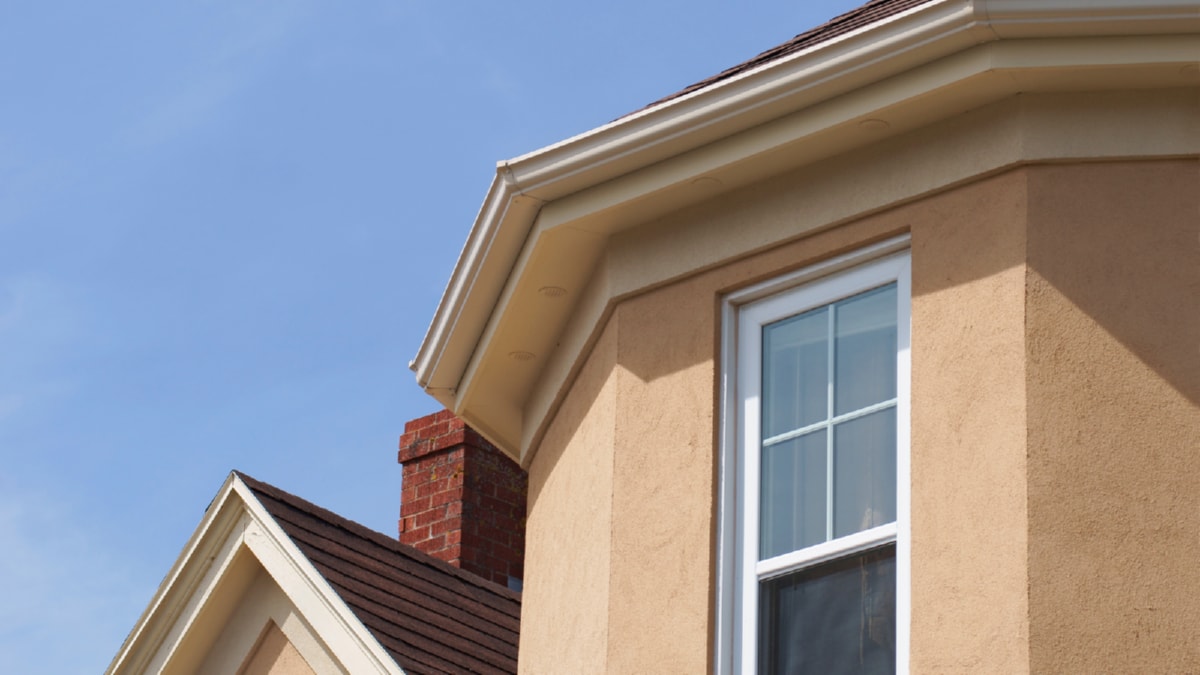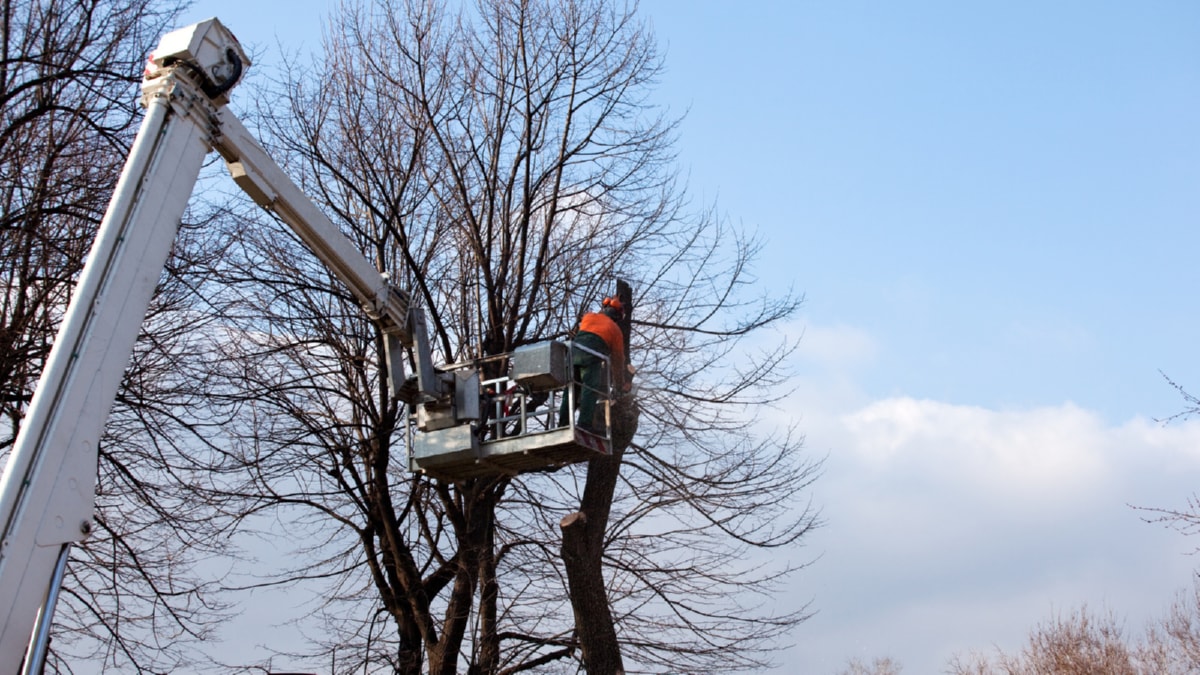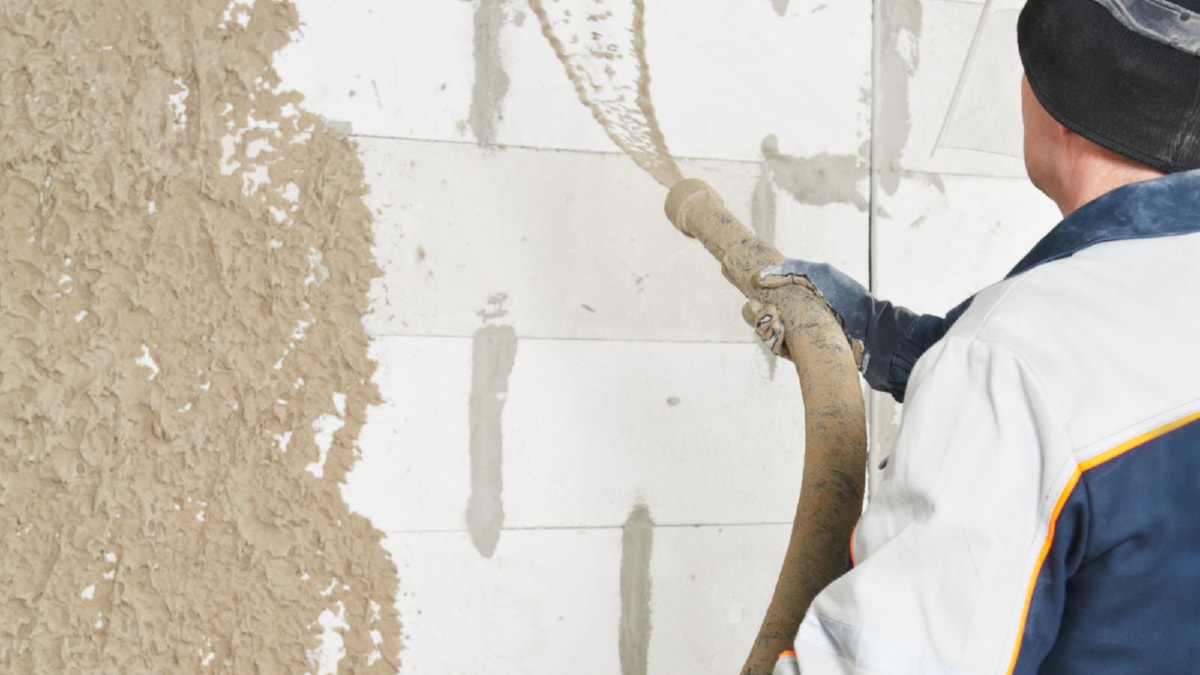Incorporating Sustainability Into Construction: A Comprehensive Guide has become a leading topic in the construction industry. With the increasing awareness about the environmental impact of construction activities, there is a rising need to adopt more sustainable and environmentally friendly practices.
Construction activities traditionally have a significant environmental footprint – from the use of non-renewable resources to the emission of greenhouse gases. It’s crucial that the construction industry shifts towards more sustainable practices to tackle these issues. Sustainable construction incorporates practices that are environment-friendly, resource-efficient, and less harmful to the environment throughout a building’s life-cycle.
One way to incorporate sustainability into construction is by utilizing sustainable building materials. These include recycled materials, regional materials, and materials with low embodied energy. Repurposed materials such as wood from deconstructed buildings, can significantly reduce the need for new materials, thereby reducing the environmental impact.
Additionally, using locally-sourced materials reduces the carbon footprint associated with transporting materials from distant locations. Materials with low embodied energy, such as straw bales, require less energy to produce, contributing further to sustainability.
Energy-efficient design is another crucial aspect of sustainable construction. The design should incorporate features that minimize energy consumption, such as natural ventilation. Incorporating renewable energy sources, such as wind turbines, into the building’s design can further enhance its sustainability.
Water conservation is a key component of sustainable construction. This can be achieved through the installation of greywater recycling systems. These systems can significantly reduce the building’s water footprint and contribute to a more sustainable construction process.
Construction waste management is another critical element of sustainable construction. A considerable amount of waste is generated during the construction process. By implementing a robust waste management plan, including recycling and reusing materials wherever possible, the environmental impact can be greatly reduced.
In conclusion, the adoption of sustainable practices in the construction industry is not only advantageous for the environment but can also lead to cost savings in the long run. It’s a double win situation. As the awareness and understanding of sustainable construction continue to grow, it’s clear that the future of construction lies in environmentally friendly practices.
For more details, check best Clean & Seal Tarmac Kildare Galway Limerick Mayo Offaly or visit their Clean & Seal Tarmac Kildare Galway Limerick Mayo Offalybusiness listing here.




